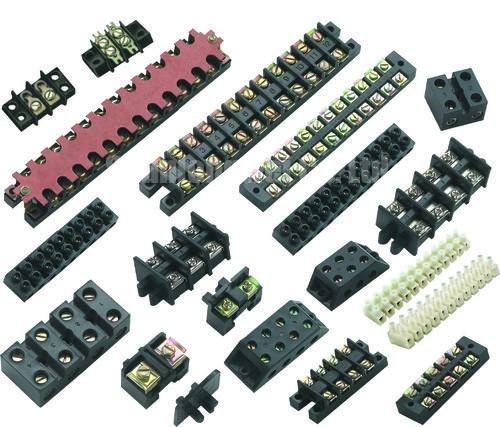
An electrical connector is an electromechanical device used to join electrical conductors and create an electrical circuit. Most electrical connectors have a gender – i.e. the male component, called a plug, connects to the female component, or socket. The connection may be removable (as for portable equipment), require a tool for assembly and removal, or serve as a permanent electrical joint between two points. An adapter can be used to join dissimilar connectors.
Thousands of configurations of connectors are manufactured for power, data, and audiovisual applications. Electrical connectors can be divided into four basic categories, differentiated by their function:
inline or cable connectors permanently attached to a cable, so it can be plugged into another terminal (either a stationary instrument or another cable)
Chassis or panel connectors permanently attached to a piece of equipment so users can connect a cable to a stationary device
PCB mount connectors soldered to a printed circuit board, providing a point for cable or wire attachment.:56 (e.g. pin headers, screw terminals, board-to-board connectors)
Splice or butt connectors (primarily insulation displacement connectors) that permanently join two lengths of wire or cable.
In addition to the classes mentioned above, connectors are characterised by their pinout, method of connection, materials, size, contact resistance, insulation, mechanical durability, ingress protection, lifetime (number of cycles), and ease of use.
It is usually desirable for a connector to be easy to identify visually, rapid to assemble, inexpensive, and require only simple tooling. In some cases an equipment manufacturer might choose a connector specifically because it is not compatible with those from other sources, allowing control of what may be connected. No single connector has all the ideal properties for every application; the proliferation of types is a result of the diverse yet specific requirements of manufacturers.
